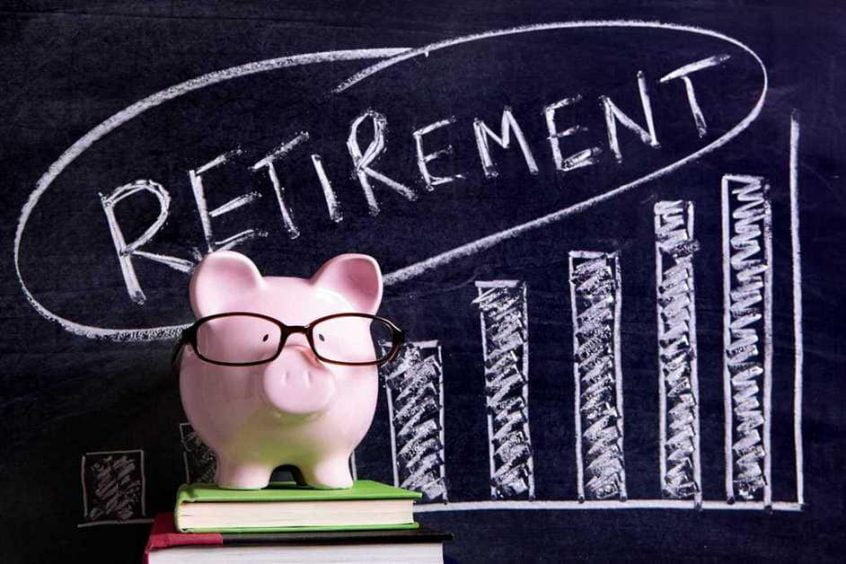An RRSP is a Registered Retirement Savings Plan. RRSPs were created by the Government of Canada in order to encourage people to save money for retirement. There are a lot of different reasons they want to encourage this behaviour. The first is that when you have access to a lot of wealth when you retire, you’ll be less reliant on social services the government provides. The second is that having access to wealth means you’ll retire when you want to, instead of when you need to, which creates a more dynamic workplace; people with enough savings never have to work a job out of necessity.
How do RRSPs accomplish all of this? The system is quite simple – RRSPs are what’s known as tax-deferred. Amounts you put into your RRSP aren’t taxed the year you put them in. Let’s say you make $60,000 and you contribute $10,000 to your RRSP; that year, your income will be taxed as though you made $50,000. Note that what we’re talking about is a tax-deferral; it’s not tax-free. When you eventually withdraw from your RRSP, you’ll be taxed on the amounts withdrawn as though they were income. That’s usually better than being taxed now because when you’re retired, you won’t have employment income, which means the income you can be taxed on will likely be much lower.
Once you’re nearing the age of retirement, you’ll start to consider what you want to do with the funds in your RRSP. There are a lot of options. You might opt to transfer the funds from your RRSP into a Registered Retirement Income Fund (RRIF) which will pay you a minimum income from the available funds each year. You can also use your RRSP to purchase annuities and you can make withdrawals from the fund. The advantages and disadvantages of all the available options are complex and multifaceted; there’s no one best option, and a professional accounting firm can help you decide what’s best for your particular situation.
There are uses for RRSPs outside of retirement, the most important of which may be the Home Buyer’s Plan (HBP). The HBP allows you to withdraw up to $35,000 from your RRSP in order to buy a home (governments can change the HBP limit anytime). This withdrawal is not taxed but it must be repaid to your RRSP over a period of no more than 15 years. In essence, you’re loaning money to yourself from your retirement savings; you’ve got to pay that money back.
RRSPs are not perfect for everyone and there are other methods of saving for retirement while limiting your tax burden. The most talked about of these methods is the Tax-Free Savings Account (TFSA). Unlike RRSPs, TFSAs are truly tax-free, even once you withdraw the money. There are different rules for contribution limits to TFSAs and RRSPs; what’s best for you will depend heavily on your circumstances and what you’re saving for.

